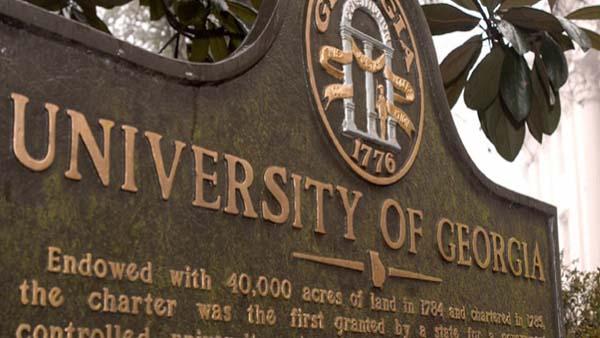 It's safe to say the University of Georgia has recovered the investment it has made into its plant breeding facilities in Tifton. It is there that Brian Schwartz, Ph.D., still works in the same south Georgia greenhouse in which Glenn Burton developed Tifway 419 Bermudagrass in the 1950s.
It's safe to say the University of Georgia has recovered the investment it has made into its plant breeding facilities in Tifton. It is there that Brian Schwartz, Ph.D., still works in the same south Georgia greenhouse in which Glenn Burton developed Tifway 419 Bermudagrass in the 1950s.
That soon will change.
The Georgia state legislature recently approved a bond sale that will fund an $11.5 million upgrade of the university's turfgrass research and teaching facilities in Tifton as well as the university's extension station in Griffin and at the main campus in Athens.
"This will help bring our facilities well into the 21st century," said professor and extension specialist Clint Waltz, Ph.D., who, along with most of the university's turf faculty and staff, works out of the Griffin campus.
"This will really be a game-changer."
The Griffin extension station will receive about $9.5 million of the allotment and will help fund construction of a new 24,000-square-foot turf research and education center with labs, classrooms, offices and meeting facilities for turf researchers to help instruct students as well as golf course superintendents, sports turf managers and lawn care professionals from around the state. It also will fund construction of a greenhouse for breeding and a headhouse.
The Tifton breeding facility at the university's Coastal Plain Research Center will get a new greenhouse as well as a two-story facility with a state-of-the-art headhouse, critical for greenhouse prep work, conference facilities and offices.
In Athens, a portion of the money will help build an 8-acre research plot area for work conducted by professor Gerald Henry, Ph.D., and his students, as well as a new classroom facility and laboratory.
Contract work will begin once the bonds have sold. Although there is no official timetable for the project until the money becomes available, sale of the bonds could come as early as this fall, with groundbreaking taking place in 2015, Waltz said.
"Realistically, we hope we are ready to move in some time in the next two or three years," he said.
The need for updated facilities started about a year ago when university officials sought input from industry partners about the program's future, Waltz said. Industry leaders, including those from the Georgia Urban Ag Council, toured the facilities and agreed. They also helped take the message to legislators, who also showed how they felt about the state of the facilities by voting to make the necessary funds available.
"We want to continue to be a resource for the turf industry in Georgia," Waltz said. "It would be difficult to do this, as well as attract students and faculty without an infusion of investment into our resources."

